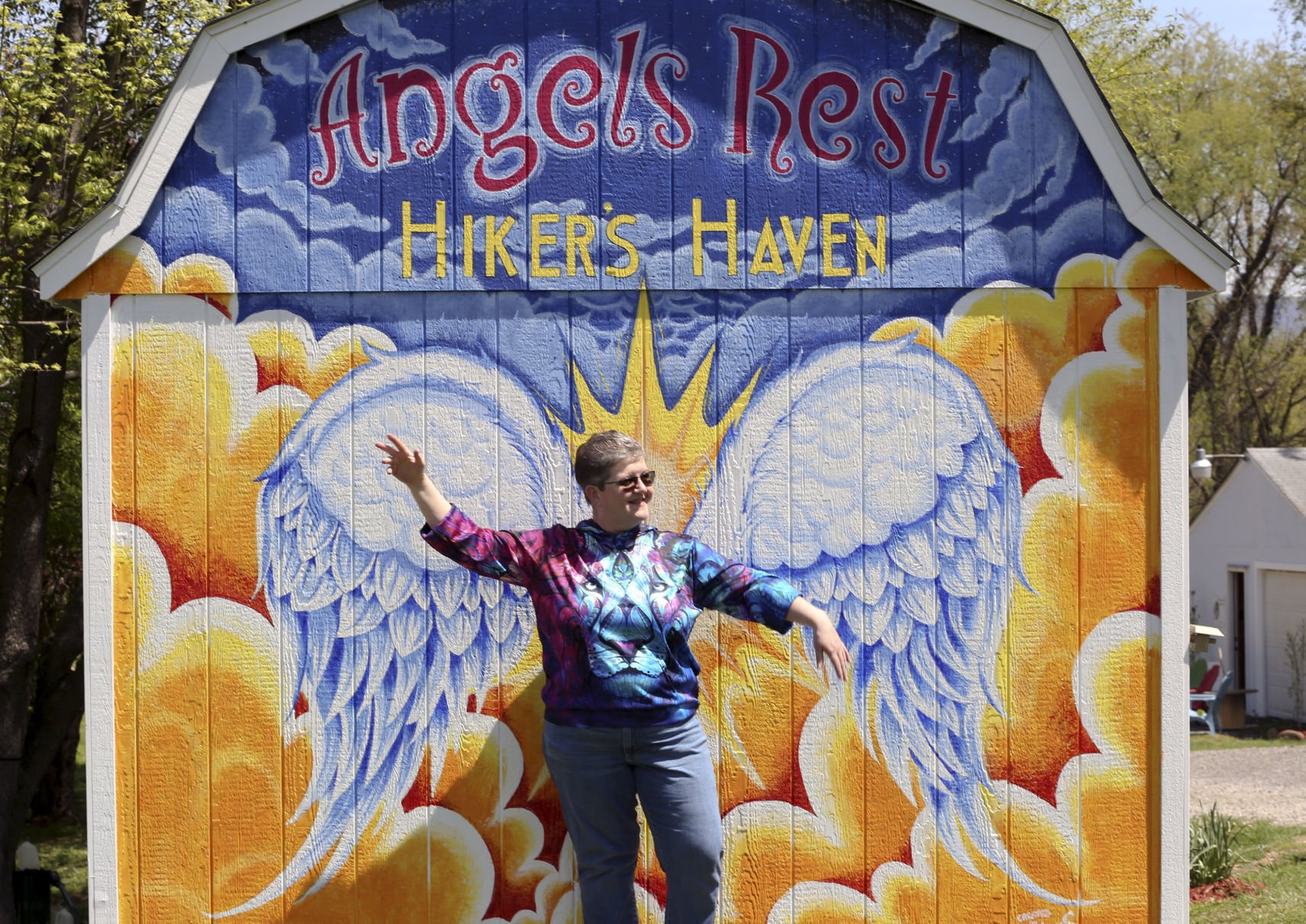
The verso of many of Eisenmann's photographs contained his characteristic tagline, Helped Eisenmann establish his peculiar niche in the early decades of commercial photography. Into albums or shared or traded with friends. Both cartes de visites and cabinet cardsĬould be mass produced, were easily affordable, and could be conveniently collected To be replaced by the larger cabinet cards. Cartes de visites were most popular from about 1860 until 1885, when they began Of an albumen print mounted on stiff board with advertising notices printed on theīack. The most common formats were cartes de visite and and cabinet cards. Re noted for particularly being sharp, clear, and well-posed. Albumen prints are characterized by a warm sepia tone that distinguish The most common method of photography during the 1870s and 1880s was the wet plateĪlbumen process. Public interest in his work and unusual genre have become


A simple Internet search for "Eisenmann photographs" will demonstrate how extensive Into Web sites such as the Disability History Museum. Images from the Becker Collection have also been incorporated In Michael Mitchell's Monsters: Human Freaks in America's Gilded Age: The Photographs of Chas Eisenmann (1979, reissued 2002). A selection of Eisenmann's photos were published "Foreign Body: Photographs and the Prelude to Genetic Modification" (New York, 2002),Ĭharles Martin's White African-American Body (Rutgers University Press, 2002), and Margot Mifflin's Bodies of Subversion: Women and Tattoos (Juno Books, 1997 rev. Images in the Becker Collection include the International Center of Photography exhibit Of amusement in late 19th-century America. The images have figured in research on disability studies, dwarfism, microcephaly,Īlbinism, tattooing, "human zoos," obesity, medical history and health, and the culture Of their output by the end of the century. Lacked Eisenmann's technical skill, resulting in a noticeable drop in the quality The change in process did not favor Eisenmann's techniques. Print process began to disappear, and to be replaced by the cooler silver gelatin Around this same time the warm-toned albumen His business partner, and then son-in-law. Wendt joined Eisenmann during this period, at first becoming These "freaks" were genuine, many were not, having been created out of the imaginationĪnd costuming talents of sideshow managers.Įisenmann's career in New York began to decline around 1890, and in 1899 he relocated Tattoo artists, and even abnormal animals, such as two-headed cows. HeĪlso photographed Siamese twins, giants, dwarfs, armless and legless "wonders," albinos, Barnum, and performers like General Tom Thumb, Jo Jo the Dog-facedīoy, the Wild Men of Borneo, Annie Jones the Bearded Lady, and the Skeleton Man.

Peculiar clientele is not known, though there was evidently money to be made.Īmong Eisenmann's subjects were the famous as well as obscure. Precisely why Eisenmann was drawn to and focused on this His successor Frank Wendt supplied them with small photographs that they could sell To help these performers market themselves, Eisenmann and These museums featured human "freaks" who displayed their odd physiognomies and performedīefore gawking visitors. Similar in many respects to the circus sideshows, On Broadway which exhibited various human "curiosities" as well as many unusual and The Bowery was known for its cheap photographic galleries and dime museums. A lower class area that was the hub of popular entertainment, At an early age, Eisenmann established a photography

The subject matter was profitableĮnough to provide a living for both Eisenmann and Frank Wendt, his successor in theĮisenmann was born in Germany in 1850 and emigrated to the United States some timeīefore 1870, settling in New York City. Sideshows, and living museums of New York's Bowery area. "Gilded Age" (1870-1890), focused almost exclusively on the "freaks" of the circuses, His work, which dates from the Victorian-era Charles Eisenmann was an American photographer.


 0 kommentar(er)
0 kommentar(er)
